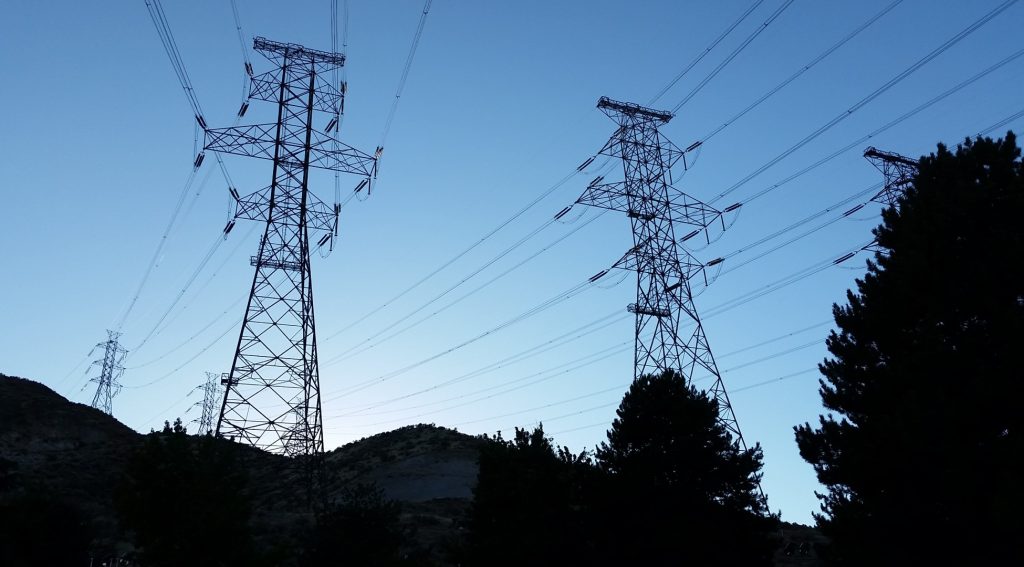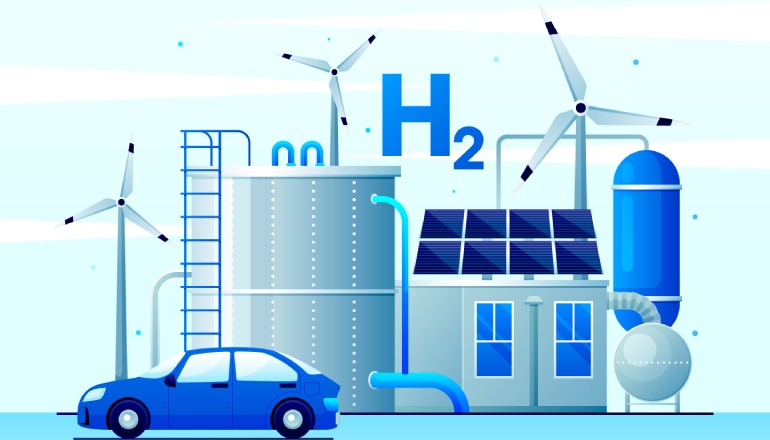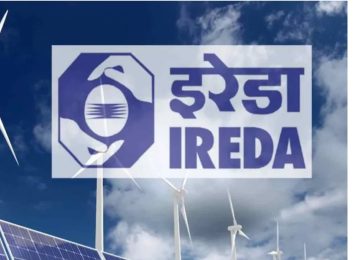The Electric Power Transmission Association, or EPTA, an apex body for transmission companies, has urged the government to explore alternative options to provide crucial relief to renewable energy developers as India targets 500 GW of renewable energy capacity by 2030.
The appeal reflects similar demand from India’s leading transmission companies that are calling for a more flexible approach to the upcoming withdrawal of the interstate transmission system (ISTS) waiver.
The ISTS waiver, introduced in 2016 and critical for India’s green energy transition, faces a phased withdrawal starting July 1, 2025, after only one extension.
GP Upadhyaya, Director General, EPTA, told reporters that the association has proposed a milestone-based eligibility framework. This framework would allow projects that have made significant progress but face external delays to continue utilizing the ISTS waiver.
EPTA believes such projects require a few more months to complete construction and qualify under the current
waiver regime.
Alternatively, the association suggests a more gradual phase-out, recommending a 10% annual withdrawal instead of the proposed 25%.
The industry fears a 25% annual withdrawal would disrupt ongoing projects, jeopardize investments, and undermine cost competitiveness, especially for commercial and industrial (C&I) consumers who already pay some of the highest electricity tariffs globally.
“Such a calibrated approach would significantly ease the impact of the waiver’s withdrawal on the cost of green power, thereby allowing RE power to stay competitive and attract more investments in this key sector,” Upadhyaya said.
He said, “We are not seeking a blanket extension. We are only proposing that projects achieving key development milestones—such as securing financial closure, acquiring at least 50% of required land, and placing key equipment orders—should be granted a six-to-nine-month window to avail themselves of the ISTS waiver benefits.”
This request aligns with Power Minister Manohar Lal Khattar’s earlier announcement this month, extending the ISTS waiver on pumped hydro and battery storage projects until June 2028.
Other transmission sector priorities:
EPTA also emphasized other critical needs within the transmission sector. The association stressed the importance of scaling up domestic manufacturing of 765 kV HVDC equipment under the production-linked incentive (PLI) scheme. They noted that European imports are currently fully booked and expensive, while restrictions on Chinese imports persist.
Furthermore, EPTA highlighted the planned offshore transmission line from the Andaman Islands to Paradip in Odisha as part of the One Sun, One World, One Grid initiative. This project will help shift the islands’ power from fossil fuel-based sources to green energy from the mainland. EPTA also noted India’s growing grid strength and its potential for future cross-border connections, including possible links from Andaman to Singapore and from Gujarat to the UAE.












